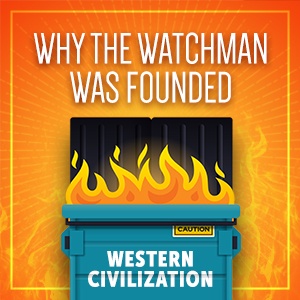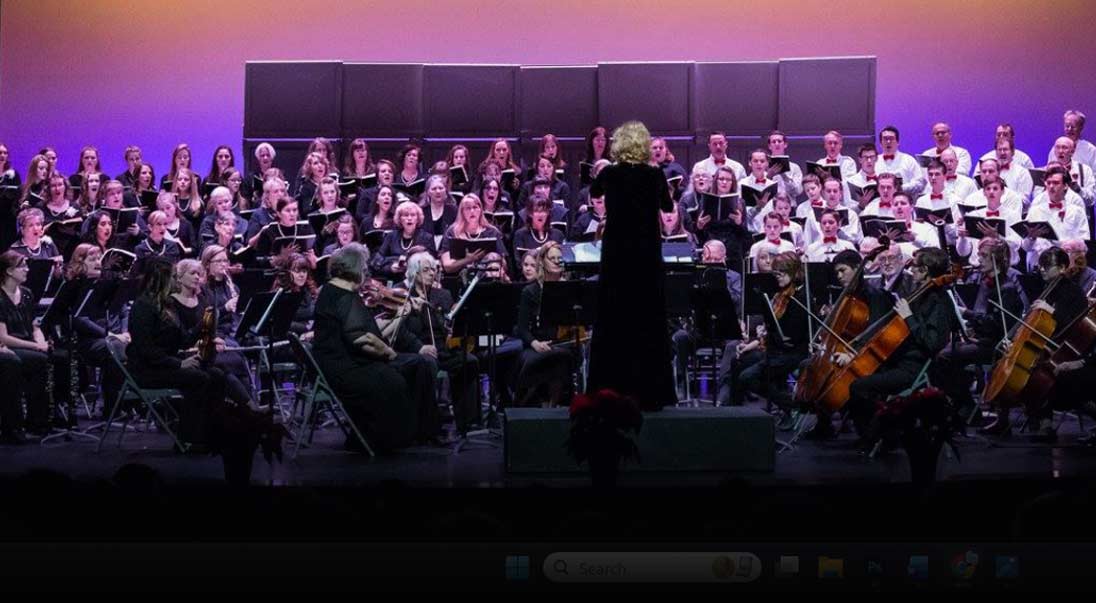
Most of local headlines this past week have focused on the surge in COVID cases across Alaska. But a quick search the CDC data hub reveals that Alaska has the very lowest death rate in the nation at 9 deaths per 100,000 people.
While Alaska’s total case counts (13,742) and active case counts (7,372) continue to climb, hospitalizations rates have remained under control.
Since March, 70 Alaskans have died with COVID-related causes. That’s 0.001% of the state population. In terms of hospitalizations, as of Oct. 27 there are 81 people actively hospitalized with COVID (57) or COVID suspected (24) illnesses – that’s 0.01% of the state population.
Health capacity is also holding up. Less than 7% of hospitalizations are due to COVID patients and the state has available 107 ventilators, 42 ICU beds and 499 non-ICU beds. Only a tiny fraction of these are taken up with COVID patients.
After a surge in new cases this past Sunday, Gov. Mike Dunleavy posted a notice on Facebook saying the increase was “not unexpected as Alaskans moved indoors with the changing seasons.”
ALASKA WATCHMAN DIRECT TO YOUR INBOX
He noted that the vast majority of new cases are among individuals younger than age 60, and that “our hospitalization and mortality rates are still at very low levels per capita.”
The governor said the state is “doubling down” during the surge to ensure it has all the resources needed. This includes testing capacity, contact tracing, personal protective equipment and ensuring that alternate care sites at the Alaska Airlines Center in Anchorage and the Carlson Center in Fairbanks can be used if needed.
Adam Crum, the state’s health commissioner, posted a YouTube video on Sunday noting that the increased case counts are due to community transmission, increased testing and updating backlogged case counts into the state’s computer system.
He asked, “all Alaskans to step up their COVID prevention efforts to help flatten the curve again.”
“This won’t last forever,” he added, “but right now we are asking all Alaskans to come together and slow this community spread and protect the most vulnerable among us.”







